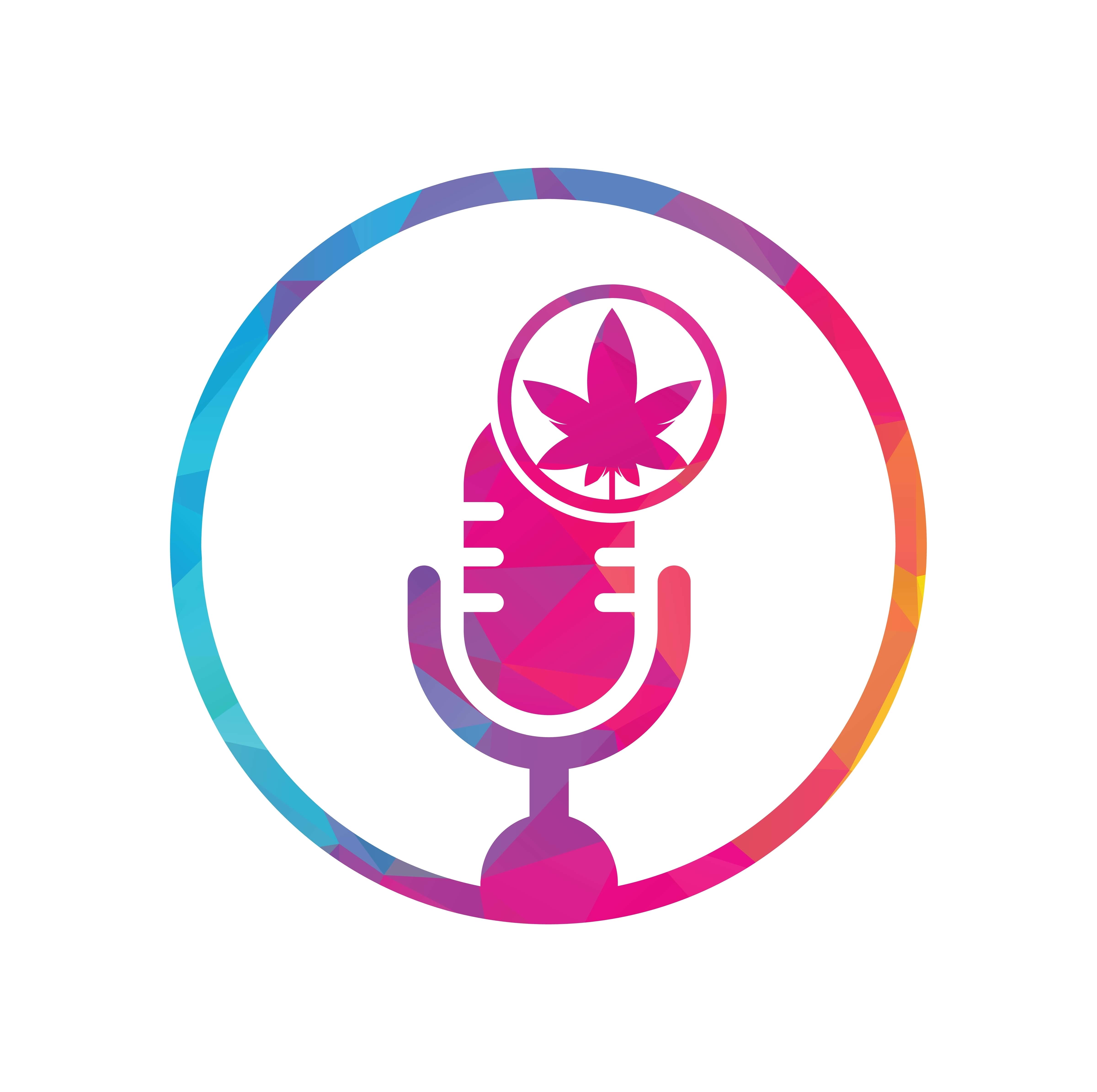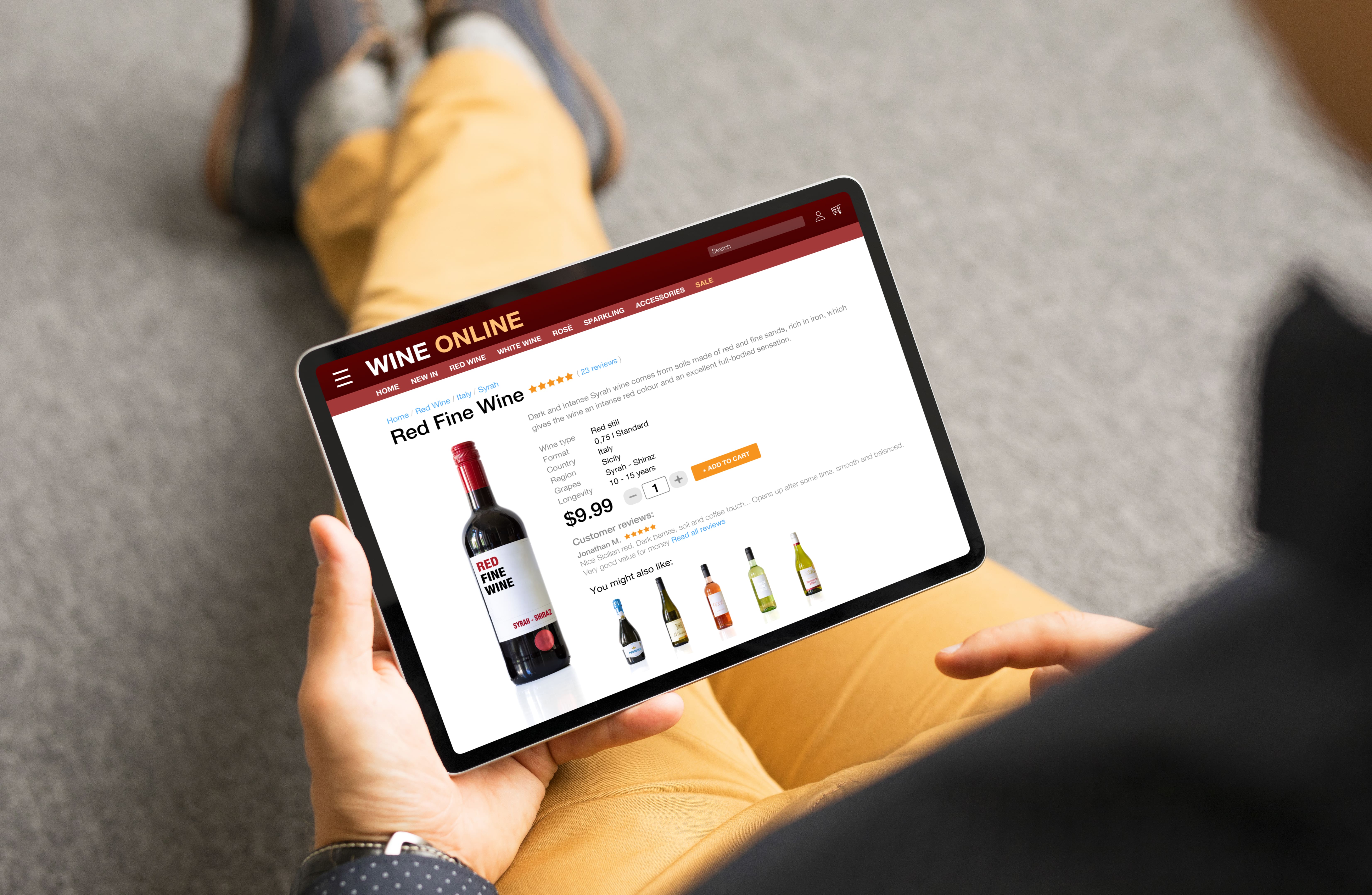In the world of cannabis marketing, understanding where your customer is in the buying journey isn’t just helpful—it’s essential.
Whether you're launching a new brand, growing an audience in a new market, or reactivating lapsed customers, knowing the difference between prospecting, retargeting, and retention marketing is key to moving consumers through your cannabis eCommerce funnel compliantly.
Let’s break it down.
Prospecting: Building Awareness at the Top of the Funnel (TOFU)
What Are Prospecting Campaigns?
Prospecting campaigns target consumers who haven’t interacted with your brand yet. These are cold audiences—people who match your ideal customer profile based on demographics, location, purchase behavior, or interests—but have no direct relationship with you (yet). Think brand new customers!
Why Prospecting Campaigns Matter
You can’t retarget people you haven’t reached. Prospecting is how you build your audience from scratch, capture attention, and introduce your value proposition—it forms the very top layer of your digital marketing funnel.
Effective Top of Funnel Marketing Campaign Strategies:
- Geo-targeted cannabis CTV or display ads introducing your brand
- Lookalike audiences modeled on your best customer cannabis first-party data
- Interest or intent-based audiences and third-party data targeting via DemoGraph
- Educational or brand storytelling content
Example: Launching a new dispensary in a legal state? Prospecting ads can reach verified 21+ adults who live nearby, consume cannabis, and match key lifestyle signals—even if they’ve never heard of your brand.
Retargeting: Driving Engagement in the Middle of the Funnel (MOFU)
What Are Retargeting Ads?
Retargeting marketing focuses on consumers who have already interacted with your brand—visiting your site, viewing a product, clicking an ad, or opening an email. If you're wondering how to retarget website visitors, this is where that process begins.
Why Retargeting Marketing Matters
Customer retention tactics matter! The first interaction rarely leads to a sale. Retargeting keeps your brand top of mind, encourages deeper consideration, and nudges potential customers further through your digital marketing funnel.
How Retargeting Ads Work
Using pixels or custom audiences, you can track:
- Product pages viewed
- Menu interactions
- Time on site
- Cart additions, purchases, or abandonments
You then use this data to deliver more personalized ad experiences through targeted cannabis marketing campaigns, such as reminders, product reviews, offers, or social proof.
Example: Someone viewed a specific vape cartridge but didn’t check out. Retargeting serves them an ad for that exact product, possibly with a limited-time discount or a “back in stock” alert.
Retention: Reactivating Past Customers at the Bottom of the Funnel (BOFU+)
What Are Retention Campaigns?
Retention campaigns focus on re-engaging existing or lapsed customers—those who’ve made a purchase but haven’t returned recently. This is the most efficient way to implement cannabis customer lifetime value that drives profitability and loyalty.
Why Retention Marketing Campaigns Matter
Your most valuable audience isn’t always new. Retention marketing drives higher customer lifetime value (CLTV), better margins, and stronger word-of-mouth.
Effective Strategies:
- Win-back emails and loyalty offers
- Retargeting lapsed customers with “We Miss You” ads
- Personalized recommendations based on past purchases
- Product launches or limited drops for VIPs
Example:
You haven’t seen a customer in 60 days. A retention marketing campaign serves a cannabis display ad with their favorite edible brand, available for pickup at their preferred location.

The Role of Pixels in Cannabis Marketing
If you’ve asked what pixel tracking is, here’s the answer: pixels are snippets of code placed on your website or landing pages that help you track and retarget user behavior. This is foundational for building your retargeting and retention strategy.
At MediaJel, we enable compliant pixel tracking that ties into:
- Real-time consumer intent signals
- Your CRM or POS data for lookalike audiences and matchbacks
Retargeting pools for segmented, behavior-based ads
No cookies? No problem. Our platform uses a proprietary identity graph that connects signals to hashed emails, mobile device IDs, and first-party data, ensuring more accurate and durable targeting.
Cannabis Funnel Marketing in Action
Final Thoughts
You can’t scale with one-size-fits-all messaging.
Prospecting, retargeting, and retention each serve a unique purpose, and your cannabis eCommerce funnel only works if all three are optimized and working together.
MediaJel helps cannabis brands, delivery services, eCommerce operators, and retailers connect with verified audiences across the full customer journey—from first click to repeat sale—with built-in compliance and revenue attribution via our cannabis marketing dashboard.
Want to see how your digital marketing funnel is performing? Let’s run an audit and optimize your campaigns! Contact MediaJel today.
.svg)








